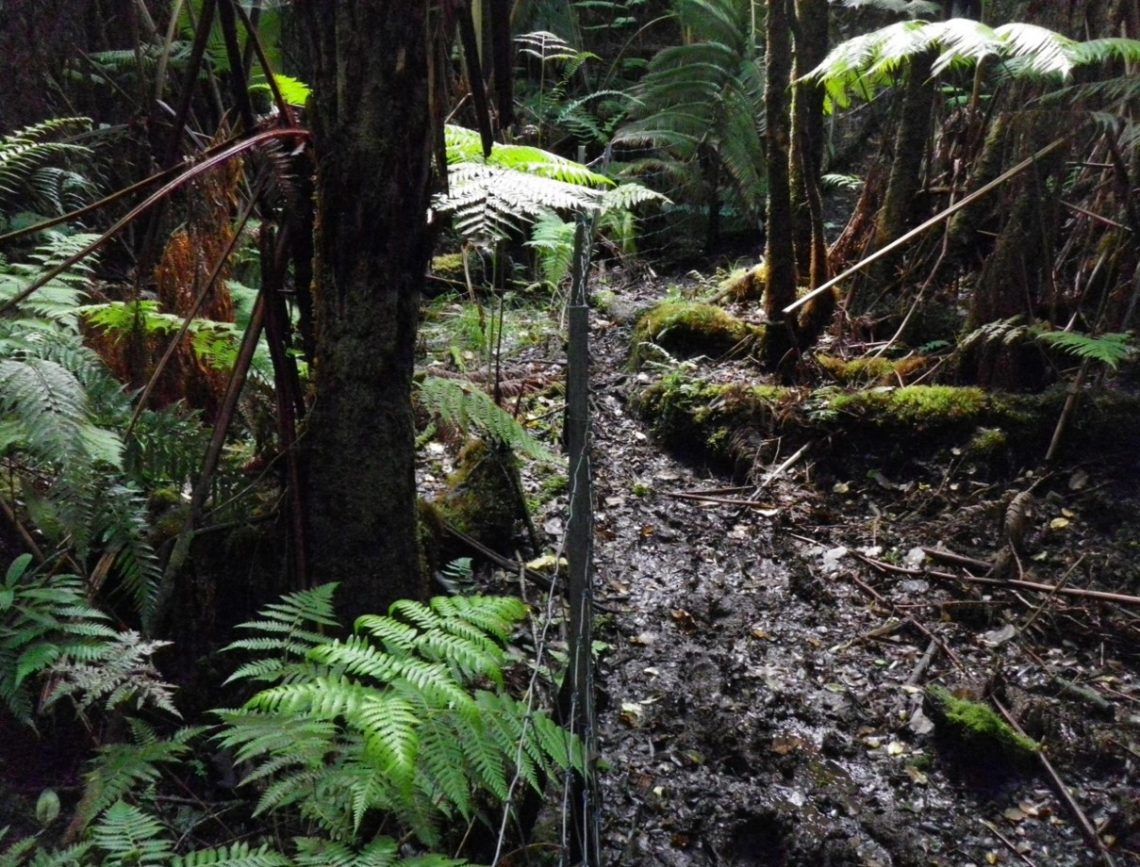If you garden, you’ve gained an appreciation for the relationship between soil and plant health. From soil pH to mineral…
Read More
Contact Us:
Office: (808) 573-6472
Press/Media Inquiries: (808) 344-2756
Email: miscpr@hawaii.edu
Pāʻia, Hawaii 96779

Mailing Address:
Maui Invasive Species Committee (MISC)
PO Box 983
Makawao, HI 96768
Physical Address:
Please call first to ensure someone is present before visiting
Old Maui High School
1000 Holumua Road
Pāʻia, Hawaii 96779
